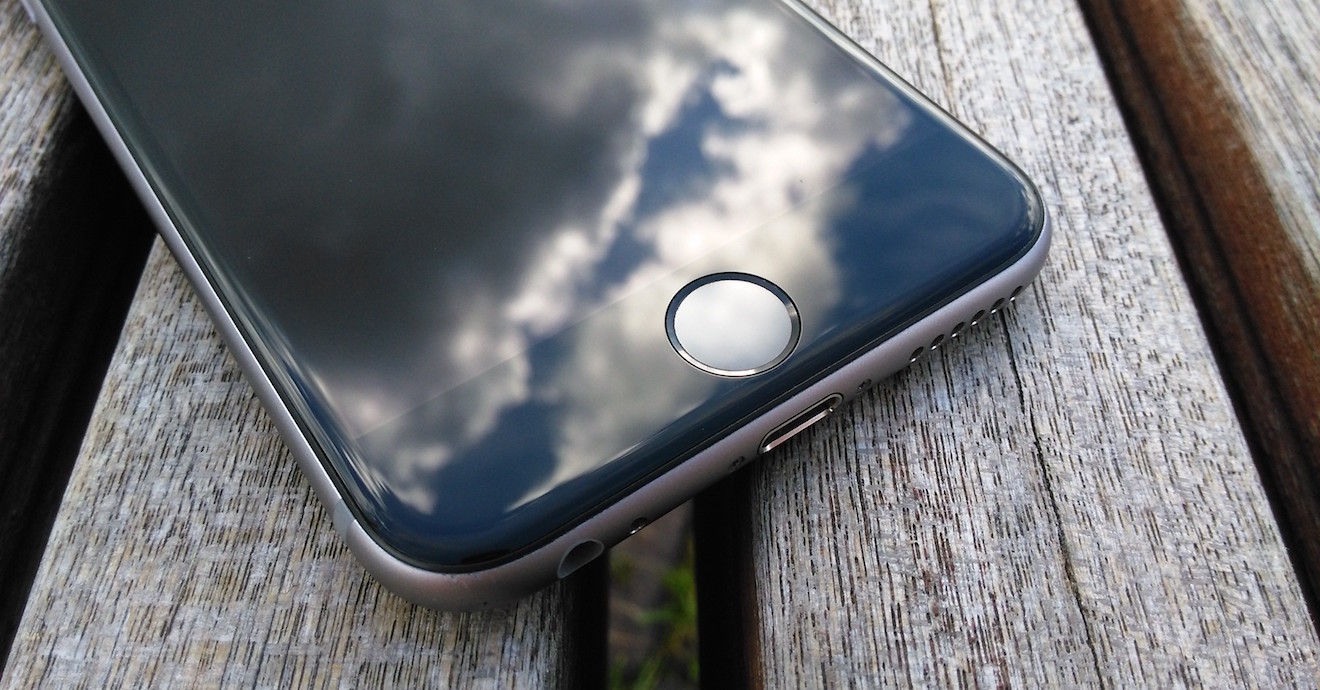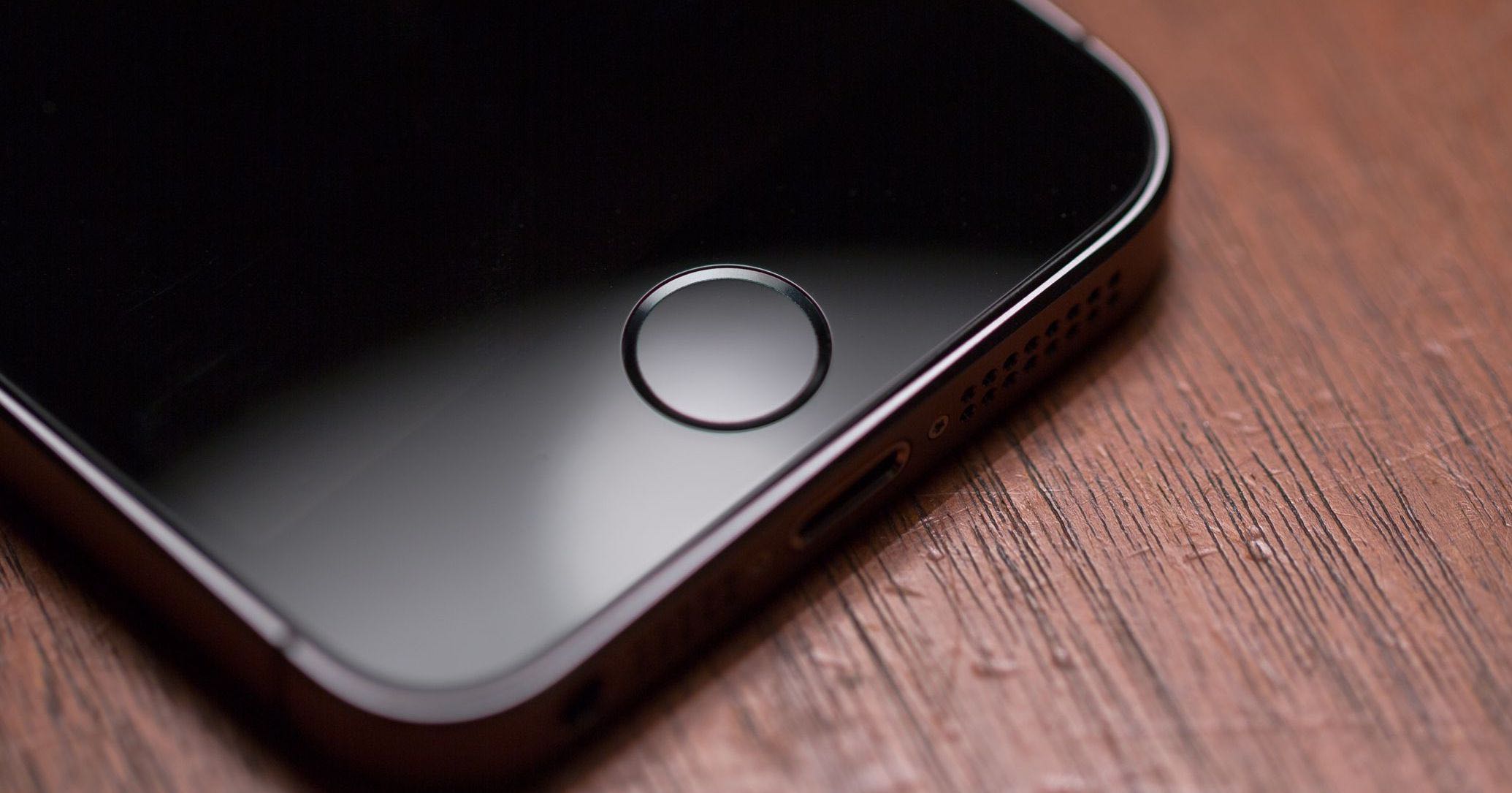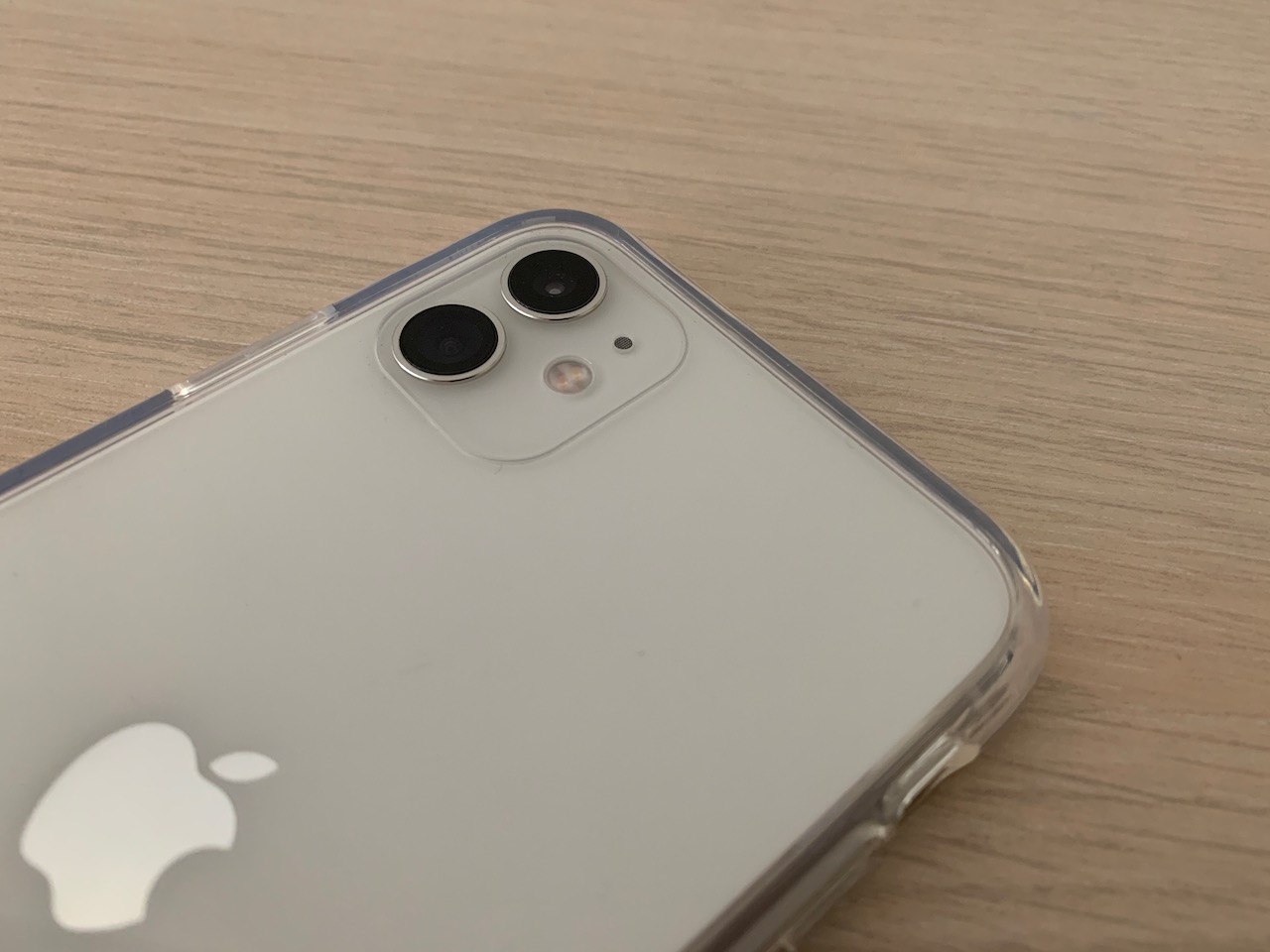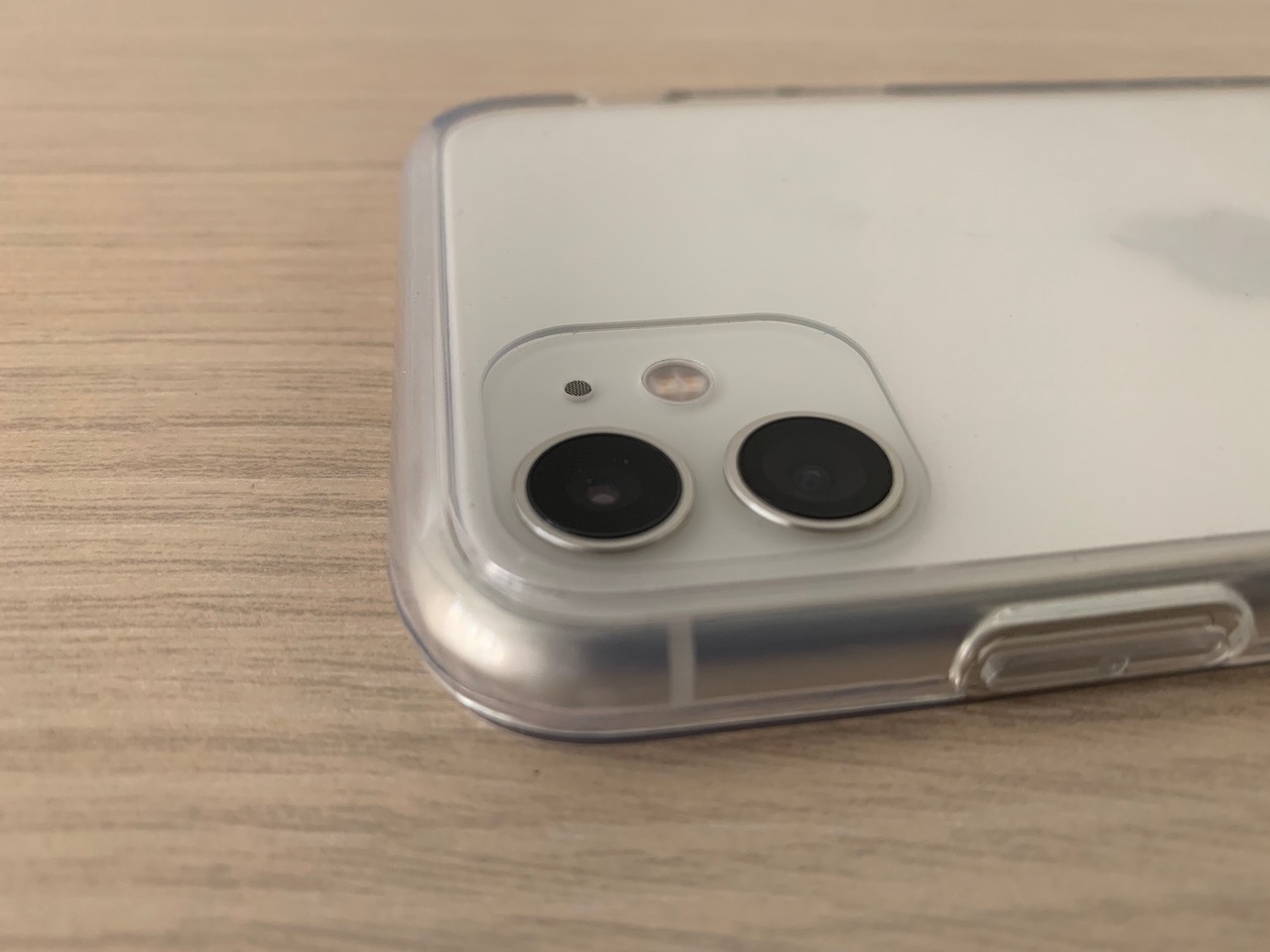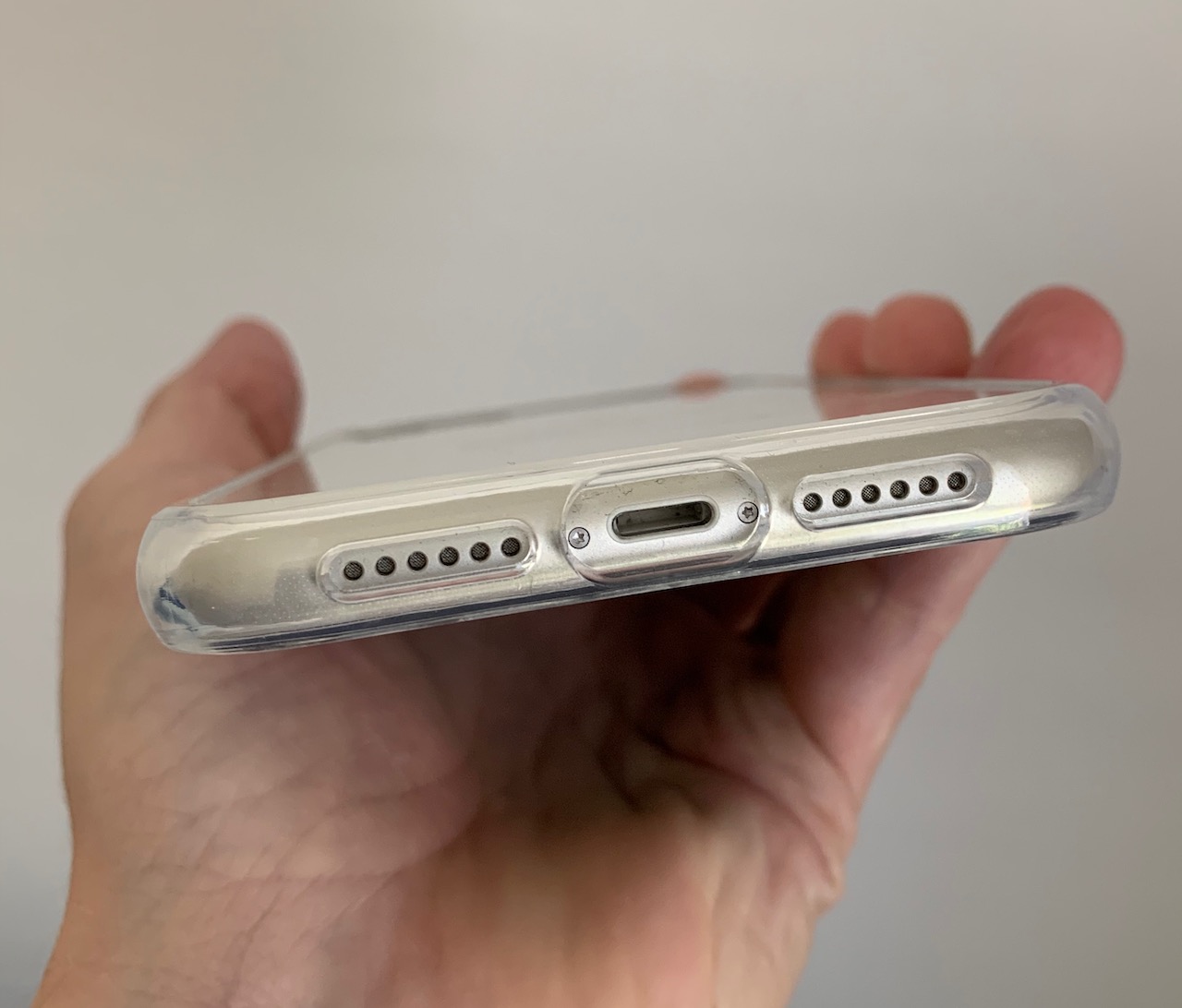Apple products are constantly changing and evolving. In certain cases, some new functions or technologies are simply extra, in other cases it is necessary to abandon something so that another, ideally newer and better thing can come. Even iPhones have changed their appearance relatively significantly in recent years, which is why we decided to prepare an article for you, in which we will focus on 5 things that Apple has gotten rid of in recent years in apple phones. Let's get straight to the point.
It could be interest you
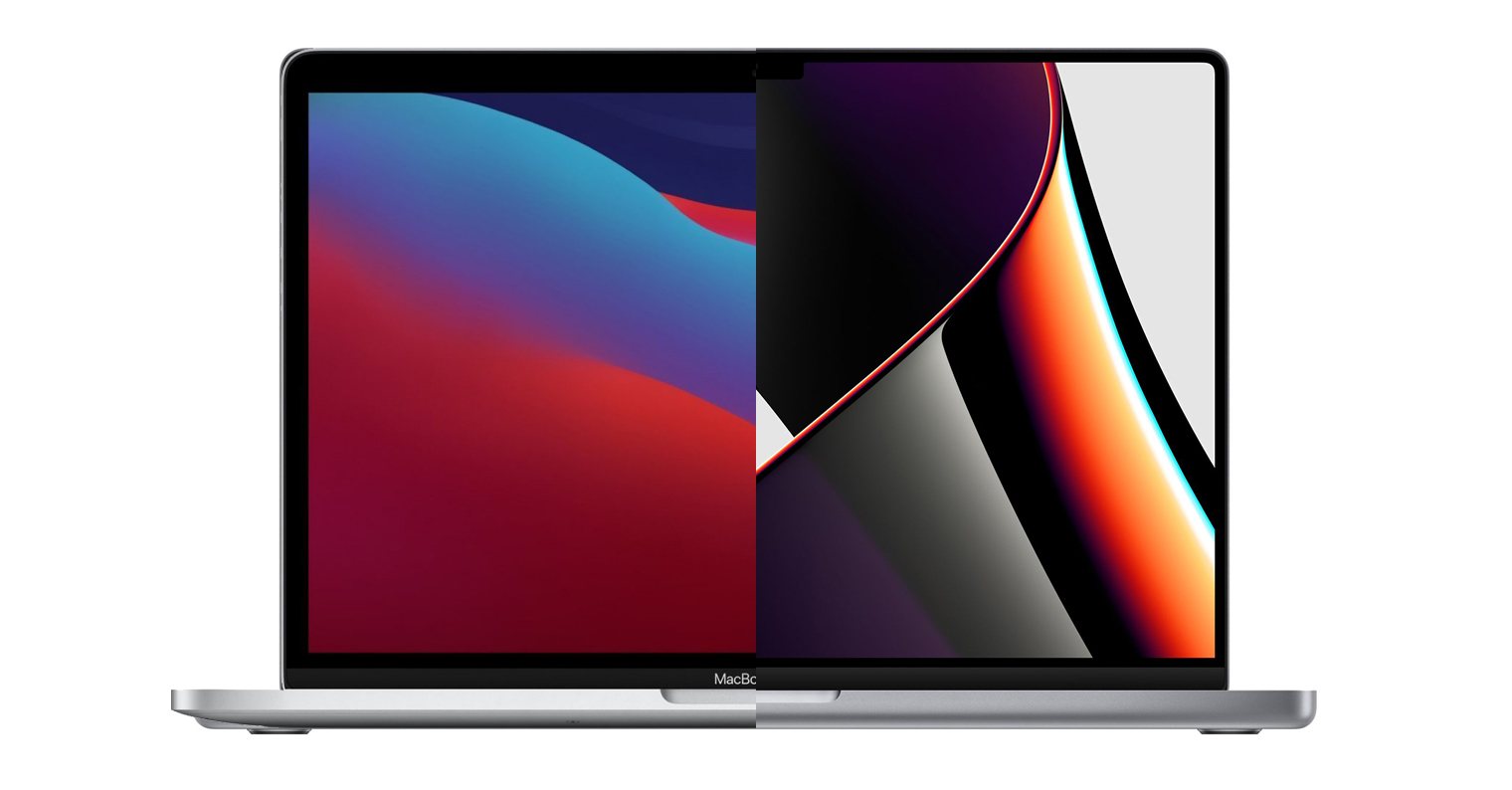
touch ID
Ever since the first introduced iPhone, we have been used to the fact that the home button is located at the bottom of Apple phones. With the arrival of the iPhone 5s in 2013, it enriched the desktop button with the revolutionary Touch ID technology, through which it was possible to scan fingerprints and then unlock the Apple phone based on them. Users simply loved Touch ID at the bottom of the screen, but the problem was that it was precisely because of it that iPhones had to have really large frames around the display for a long time. With the arrival of the iPhone X in 2017, Touch ID was replaced by Face ID, which works based on a 3D facial scan. However, Touch ID has not completely disappeared yet – it can be found, for example, in the new iPhone SE of the third generation.
Rounded design
The iPhone 5s was really hugely popular in its day. It offered a compact size, the mentioned Touch ID and above all a beautiful angular design that simply and simply looked great, already from the iPhone 4. However, as soon as Apple introduced the iPhone 6, the angular design was abandoned and the design was rounded. This design was also very popular, but later users began to lament that they would like to welcome back the square design. And with the arrival of the iPhone 12 (Pro), the Californian giant really complied with this request. Currently, the latest Apple phones no longer have a rounded body, but rather square, similar to the case of the iPhone 5s almost a decade ago.
Touch 3D
The 3D Touch display feature is something that many Apple fans - myself included - really miss. If you are new to the Apple world, all iPhones from the 6s to the XS (except the XR) had 3D Touch functionality. Specifically, it was a technology that made the display able to recognize how much you were pressing on it. So if there was a strong push, some specific action could be taken. However, with the arrival of the iPhone 11, Apple decided to give up the 3D Touch function, as the display had to have one extra layer for its functionality, so it was thicker. By removing it, Apple gained more space in the guts for deploying a larger battery. Currently, 3D Touch replaces Haptic Touch, which no longer works based on the force of the press, but the time of the press. The mentioned specific action is therefore manifested after holding the finger on the display for a longer time.
It could be interest you
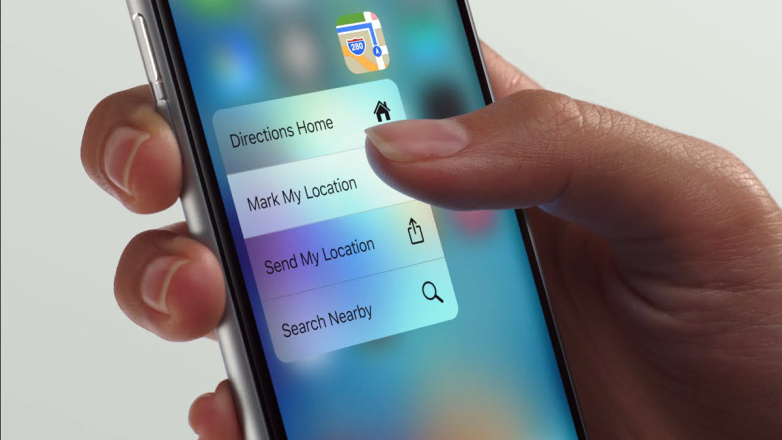
Cutout for handset
In order to be able to make a phone call, i.e. to hear the other party, there must be an opening for the handset in the upper part of the display. With the arrival of the iPhone X, the hole for the earpiece was significantly reduced, which was also moved to the notch for Face ID. But if you look at the latest iPhone 13 (Pro), you will practically not notice the headphones at all. We have seen its relocation, all the way up to the frame of the phone. Here you can notice a tiny cutout in the display, under which the handset is hidden. Apple probably had to do this step for the reason that it could reduce the cut-out for Face ID. All the important components of Face ID, together with the classic hole for the handset, would not fit into the smaller cut-out.
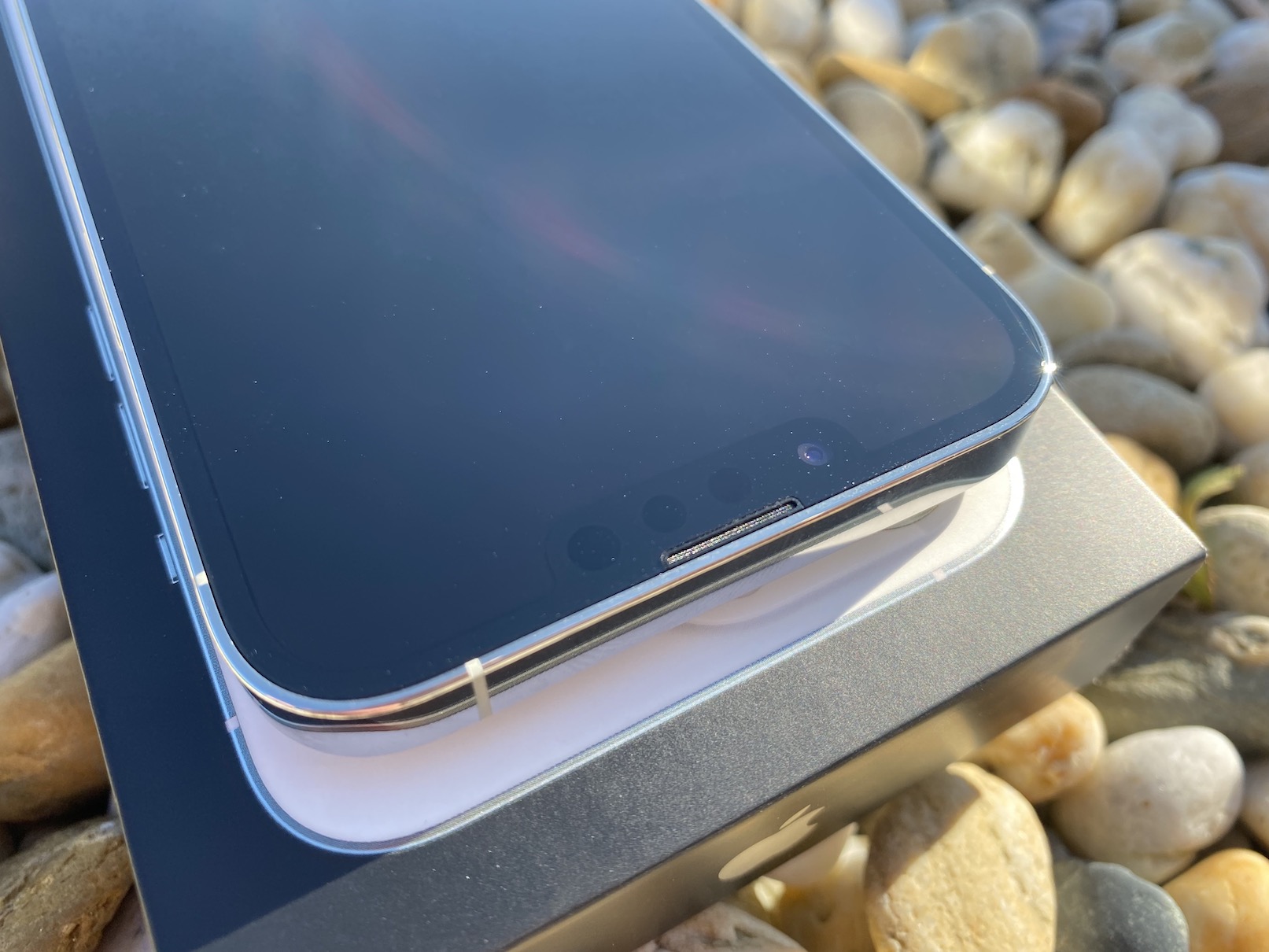
Labels on the back
If you've ever held an older iPhone in your hand, you know that on its back, in addition to the Apple logo, there is also a label at the bottom iPhone, under which there are various certificates, possibly a serial number or IMEI. We're not going to lie, visually these "extra" labels simply didn't look good - and Apple was of course aware of that. With the arrival of the iPhone 11 (Pro), he placed the logo in the middle of the back, but primarily gradually began to remove the mentioned labels in the lower part. First, he removed the caption for "elevens". iPhone, in the next generation, he even removed the certifications from the back, which he moved to the side of the body, where they are practically invisible. On the back of iPhone 12 (Pro) and later, you will only notice the logo and the camera.
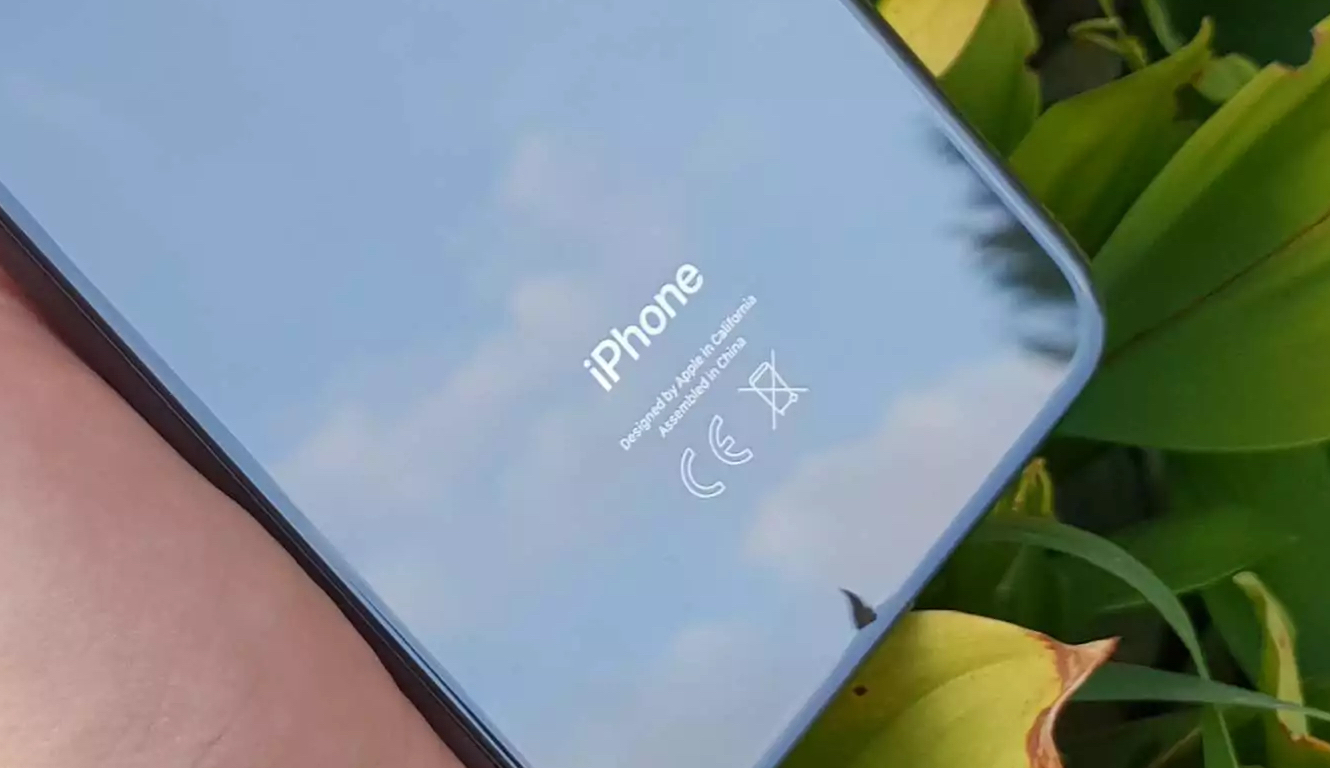
 Flying around the world with Apple
Flying around the world with Apple 